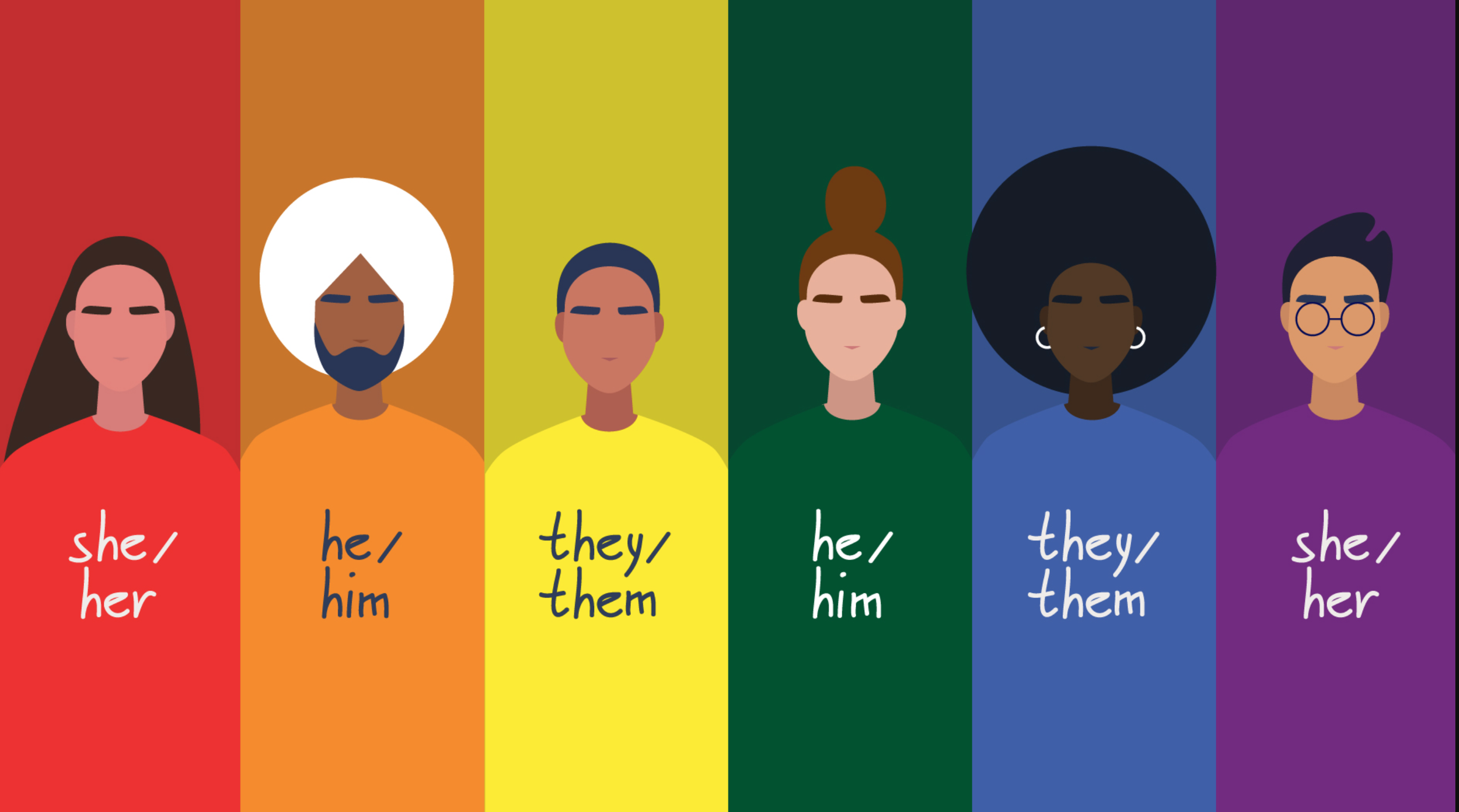What is Gender Identity?
Gender identity is one of the most talked-about and polarizing topics in current political discourse today. It seems impossible to not hear or see people talking (usually arguing or shouting it seems!) about it. As a cisgender gay male, it is important for me to begin with words from someone who identifies as trans:
“There’s not just one trans story. There’s not just one trans experience. And I think what they need to understand is that not everybody who is born feels that their gender identity is in alignment with what they’re assigned at birth, based on their genitalia. If someone needs to express their gender in a way that is different, that is okay, and they should not be denied healthcare. They should not be bullied. They don’t deserve to be victims of violence…That’s what people need to understand, that it’s okay and that if you are uncomfortable with it, then you need to look at yourself.” -Laverne Cox (Time magazine, May 29, 2014).
Just as Laverne stated in her interview, gender identity is a unique experience for each individual. Here’s a general definition of gender identity, gender expression, and transgender from NPR:
“Gender identify is one’s own internal sense of self and their gender, whether that is man, woman, neither or both. Unlike gender expression, gender identity is not outwardly visible to others.”
“Gender expression is how a person presents gender outwardly, through behavior, clothing, voice, or other perceived characteristics. Society identifies these cues as masculine or feminine, although what is considered masculine or feminine changes over time and varies by culture.”
“Transgender, or simply trans, is an adjective used to describe someone whose gender identity differs from the sex assigned at birth. A transgender man, for example, is someone who was listed as female at birth but whose gender identity is male.”
Nonbinary is a term that can be used by people who do not describe themselves or their genders as fitting into the categories of man or woman. A range of terms are used to refer to these experiences; nonbinary and genderqueer are among the terms that are sometimes used.”
Another important thing to know is that gender is different than sex. As stated by the WHO:
“Gender interacts with but is different from sex, which refers to the different biological and physiological characteristics of females, males and intersex people, such as chromosomes, hormones and reproductive organs.
Gender and sex are related to but different from gender identity.
Gender identity refers to a person’s internal and individual experience of gender, which may or may not correspond to their sex at birth.”
Sexual orientation is separate from gender identity
As stated by GLAAD, “Transgender people may be straight, lesbian, gay, bisexual, or queer. For example, a person who transitions from male to female and is attracted solely to men would typically identify as a straight woman. A person who transitions from female to male and is attracted solely to men would typically identify as a gay man.”
According to trans author and activist Kate Bornstein,
“Our narrow view of gender back then was radically different from today’s intersectional perspective. Today, we know that gender is impacted by at least a dozen inescapable modifiers: class, race, age, disability, mental health, religion, family and children, politics, looks, language, and habitat and ecology.”
Kate continues to state the following in her book Gender Outlaw:
“When [my] book first came out, the idea of an identity other than one of two genders was literally unthinkable—we couldn’t wrap our minds around it. Not so much now. Now, nonbinary genders are deliciously problematic in the LGBTQ paradigm of sexuality and gender that we’re currently working with. In LGBTQ, nonbinary gender identities currently can occupy either the T or the Q. On the other hand, nonbinary genders can also be seen as the third that shatters the binary of cisgender and transgender. Deliciously problematic.”
Is your head spinning yet? All of this can feel like a lot to keep up with!
It’s okay if you feel overwhelmed when you are learning about the complexities of all this stuff. The most important part is to stay curious, work to keep an open mind, and be ready to listen and learn from others’ lived experiences, including family, friends, and community members—they are our teachers!
Language changes and evolves over time, so it’s important to know that people’s own definitions of terms and labels may vary, so it’s important to never assume and ask clarifying questions when appropriate. It may feel a little awkward at first to talk to others about gender, but it does get easier with practice.
It’s important to be mindful of the situation and context when asking someone about their gender identity. Ask yourself, “Would I feel uncomfortable if someone asked me or my loved one this question?” before speaking. Always be respectful and courteous and be mindful to avoid crude or invasive questions. Some people may not be comfortable disclosing their gender identity and that is 100% their business!
What are pronouns and why are they important?
Everyone has pronouns that we use in everyday life, and getting them right matters to most people. As stated by GLAAD,
“Pronouns are basically how we identify ourselves apart from our name. It’s how someone refers to you in conversation, and when you’re speaking to people, it’s a really simple way to affirm their identity.
Using the correct pronouns for trans and nonbinary youth is a way to let them know that you see them, you affirm them, you accept them and to let them know that they’re loved during a time when they’re really being targeted by so many discriminatory anti-trans state laws and policies. It’s really just about letting someone know that you accept their identity. And it’s as simple as that.”
What if I make a mistake and misgender someone or use the wrong term?
As stated by NPR, the simplest thing to do is apologize and move on. Keeping it casual helps to not make too big a deal out of a simple mistake that happens to most people from time to time. Don’t dwell and overly apologize. Instead, you can say, “Oh, I’m so sorry,” and quickly moving on shows the other person you care.
Support and Resources for LGBTQ+ Individuals
If you’re reading this and need some support, here are some great resources you can check out:
Trans Lifeline: 877-565-8860
The National Suicide Prevention Lifeline: 800-273-8255
Online Chat
The Crisis Text Line: Text START to 741-741
You are also welcome to contact me to see if my services would be helpful in understanding your own identity. I’d love to support you if I can!





